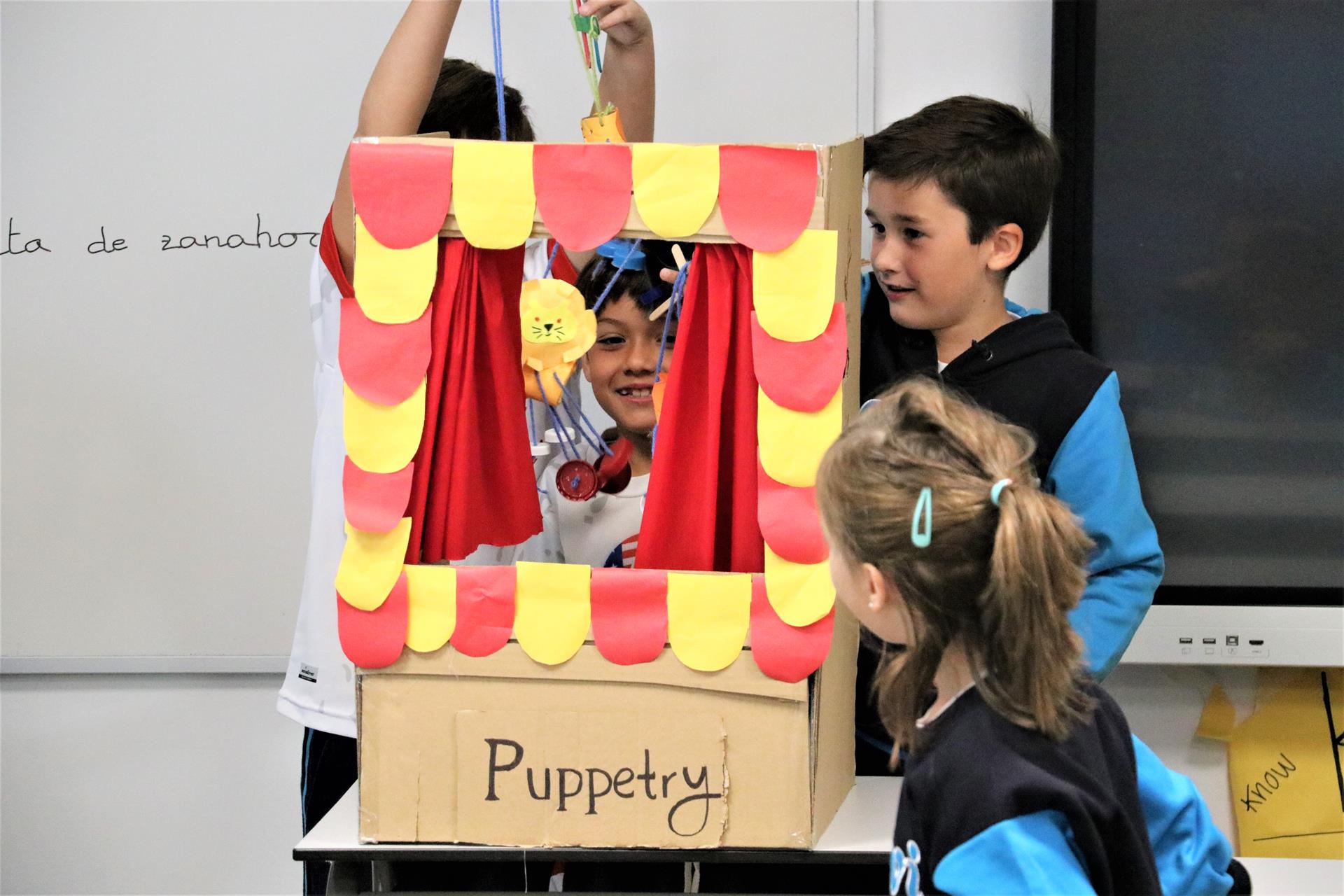Creative activities for children are those that allow children to express themselves in free and original ways, exploring new ideas, materials and ways of thinking. These activities range from art, music and writing to construction and role-playing, providing a space for children to experiment and develop their imagination.
As Educo explains, creative activities for children involve imagining, explaining and exploring in unconventional ways. The program is fundamental to fostering their holistic development, as it acts as an open door to exploration, learning and self-expression. By engaging in creative activities, children have the opportunity to experience and build a set of essential skills that not only enrich their present, but also provide them with key tools for their future.
Benefits of Creative Activities for Children
Creative activities for children allow them to explore imaginary worlds and bring their own ideas to life. By making up stories, creating art or solving challenges in creative games, they enhance their critical thinking and stimulate their imagination. In addition, through creativity, children find ways to express themselves beyond words. Whether drawing, writing stories or acting in a play, they improve their communication and expression of emotions.
As Oxfam Intermón’s education experts show, these activities help them learn how to develop problems, work as a team and strengthen their memory..
On the other hand, creativity also fosters their autonomy and strengthens their confidence in making decisions.
5 Creative Activities for Children to Do at Home
Here are five types of creative activities for children that you can do with them at home . Don’t miss them!
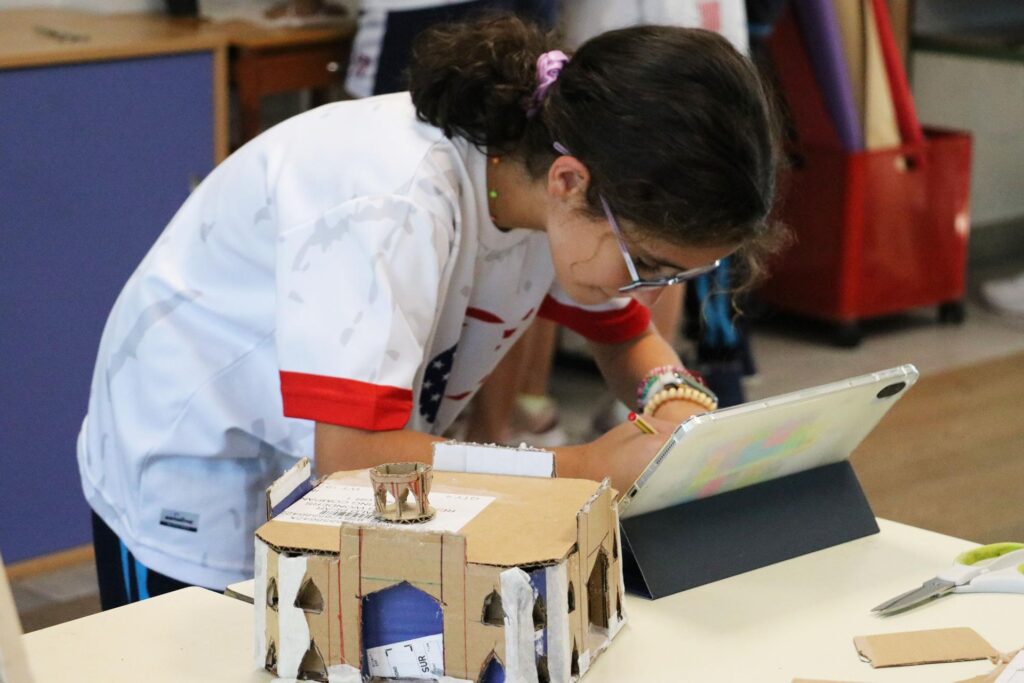
1. Story Creation
Suggest a theme to your children or give them the beginning of a story. For example: “Once upon a time there was a dragon who lived in a city made of ice cream…” The rest is up to them!
If your children are little, you can help them develop the plot and characters. Then, when the plot is decided, they can illustrate the story on paper through drawings and writing. And if you want to take it a step further…. Prepare a play of the story!
Benefits of creating stories:
- Stimulates abstract thinking by imagining characters and scenarios.
- Improves language skills, such as the use of connectors and verb tenses.
- Builds confidence in expressing oneself verbally, both in a structured and spontaneous manner.
- Strengthens the ability to organize ideas, a crucial skill for academic performance.
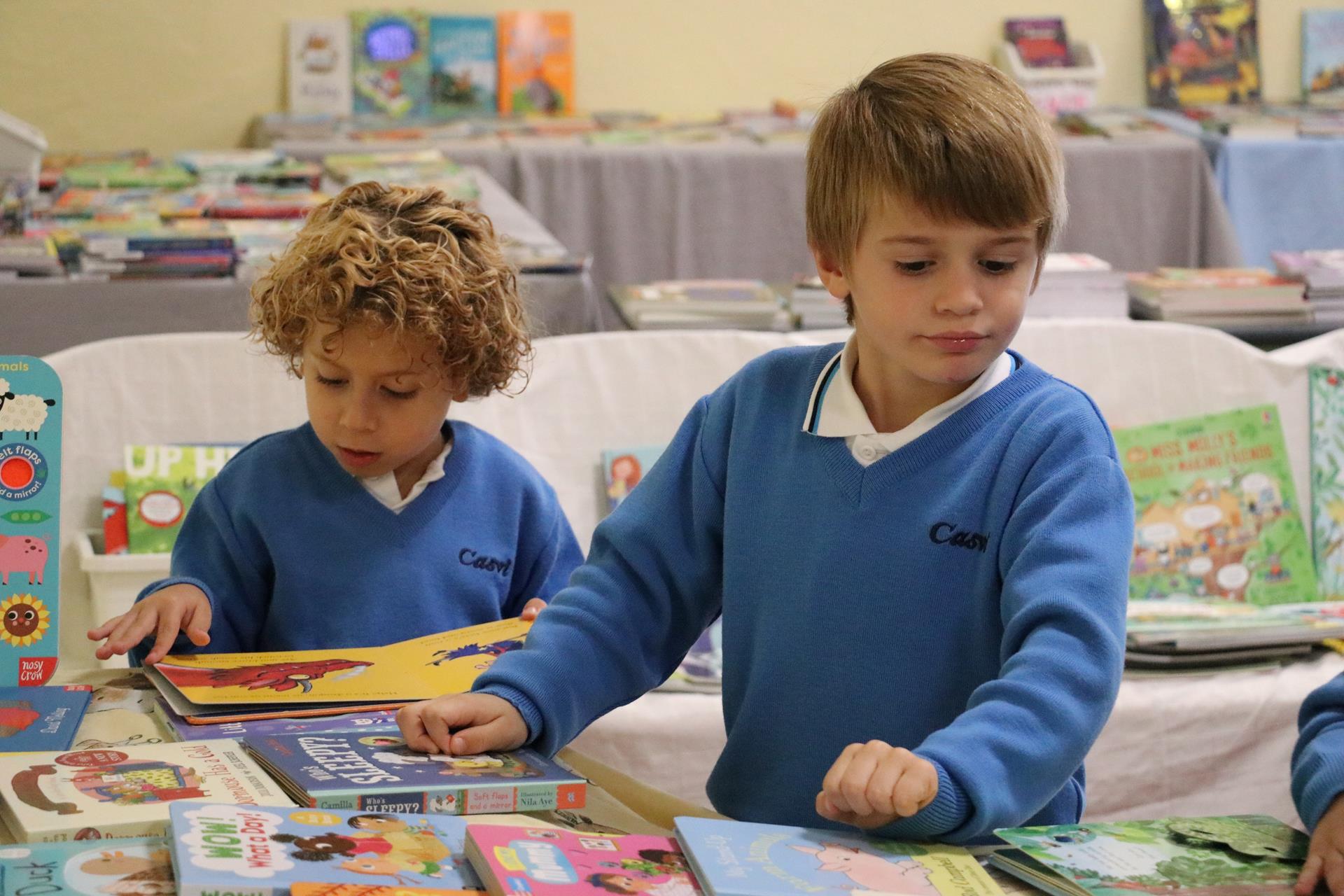
2. Crafts with Recycled Materials
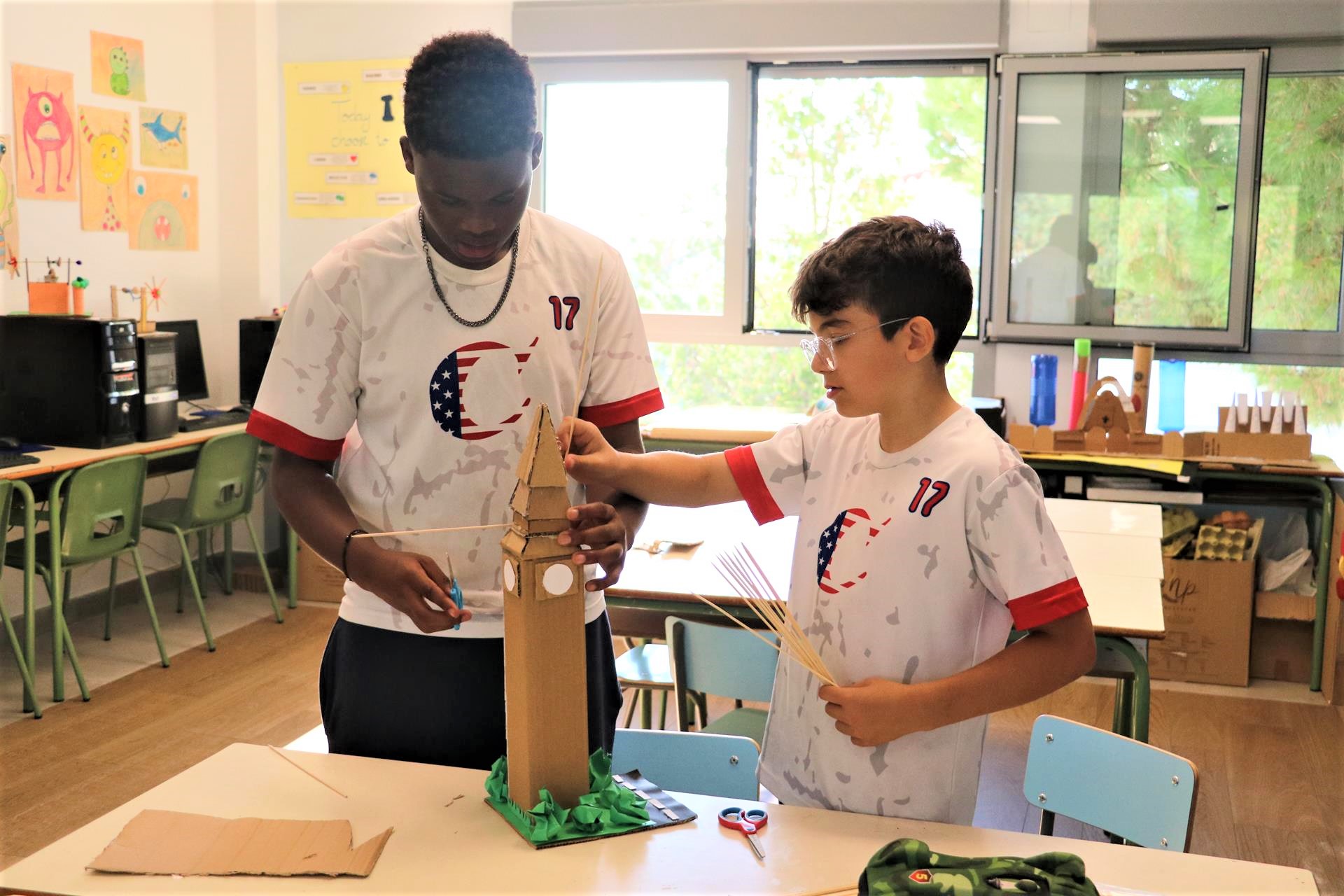
Collect cardboard, bottles, toilet paper rolls, and other recyclables throughout the week. When the day comes and you have collected enough materials, ask your children to build a rocket, a robot or any creation that can motivate them. For this activity, prepare plenty of glue and paint. Here is a step-by-step video on how to make scale structures.
- Encourage environmental awareness and respect for the environment.
- Strengthens fine motor skills, essential for writing and other manual tasks.
- Develops critical thinking and problem solving skills by finding ways to assemble materials.
3. Creative Cuisine
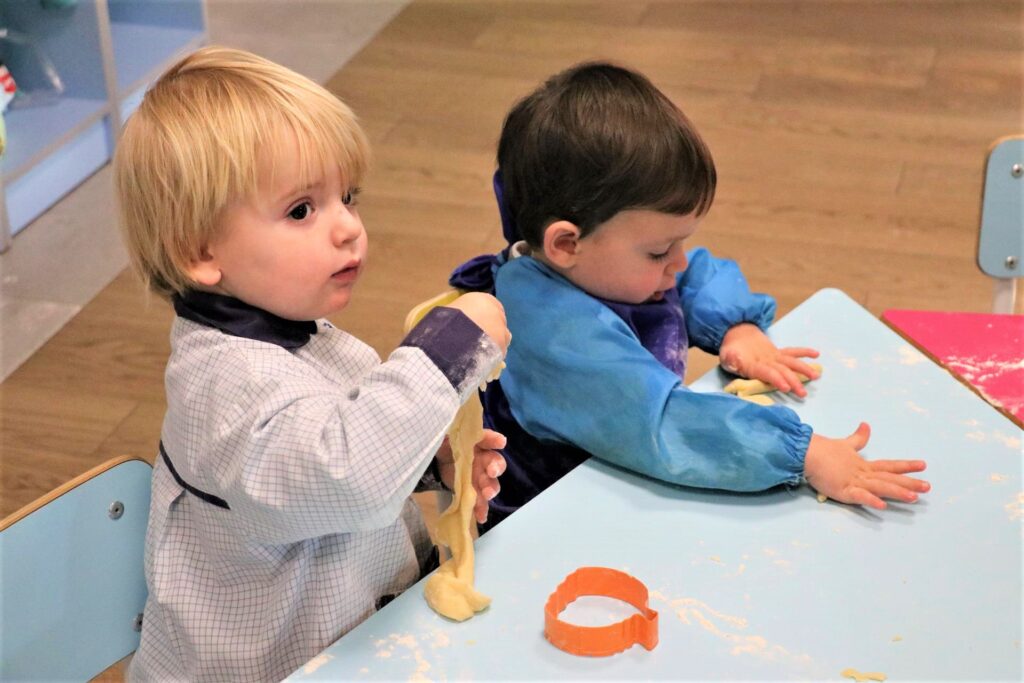
Encourage kids to make something simple, such as decorating cookies, making a salad in fun shapes, or creating a dessert with personalized letters – the possibilities are endless!
You can also make a recipe together and give it a personalized touch at the end. For example, a homemade empanada and with the leftover puff pastry, make a little face at the end, a heart, your names… Be creative!
Benefits:
- Reinforces math skills by measuring quantities and following instructions.
- Encourages responsibility and teamwork by assigning specific tasks.
- Introduces basic concepts of nutrition and the importance of healthy eating.
- Improves coordination and motor skills when handling utensils and food.
4. Building with Blocks
With If you can’t use scraps of wood or building blocks, encourage your children to build structures, vehicles or cities. Set them challenges such as building a bridge that can support a weight.
Another idea is to have them create a structure with toothpicks that can hold the weight of 5 bricks for twenty seconds. Your kids will have to think hard to come up with a way to overcome this challenge.
If they are very young, you can give them a STEAM challenge, such as creating the tallest spaghetti tower possible.
5. Role Play
Set up a scenario in which children are doctors, astronauts, cooks or explorers and use household objects to enrich the game.
For example, pans as helmets, large cardboard boxes as vehicles, wooden spoons as archaeological instruments…. Let them be the ones to let their imagination fly and explore the house, developing their creativity and having a great time.
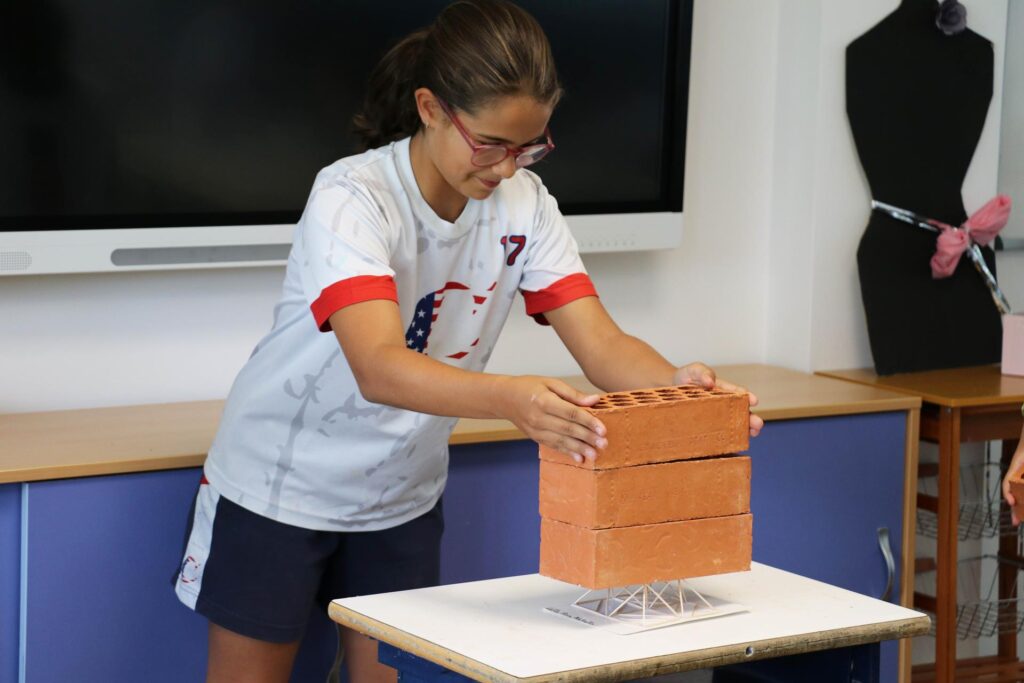
How to Create an Environment Conducive to Creative Activities for Children
Fostering an environment that encourages creativity in children is fundamental to their overall development. Spaces designed for exploration and free expression allow them to experiment, imagine and learn in meaningful ways. Providing a variety of materials, time dedicated exclusively to creative activities, and an environment that values the process more than the outcome are key to stimulating their imagination and confidence.
1. Provides a Variety of Materials
2. Encourages Freedom
3. Dedicate Exclusive Time
A creative environment begins with the availability of materials that spark children’s curiosity. Paintbrushes, watercolors, play dough, building blocks, recycled pieces and even simple musical instruments can inspire a wide range of activities. By offering varied options, children can explore different ways to express themselves and discover which materials appeal to them.
It is essential that children feel free to experiment without fear of making mistakes. This provides an environment where their ideas are valued and where they can try new things without fear of criticism. This freedom of choice not only fosters children’s creativity, allowing them to experiment with different forms of expression, but also plays a crucial role in developing their self-confidence.
Dedicating specific times for uninterrupted creative activities allows children to fully immerse themselves in their creative process, encouraging concentration and exploration. This exclusive time gives them the freedom to make decisions, experiment with different materials and develop projects from inception to completion. It also fosters patience, perseverance and confidence in their ability to solve problems.
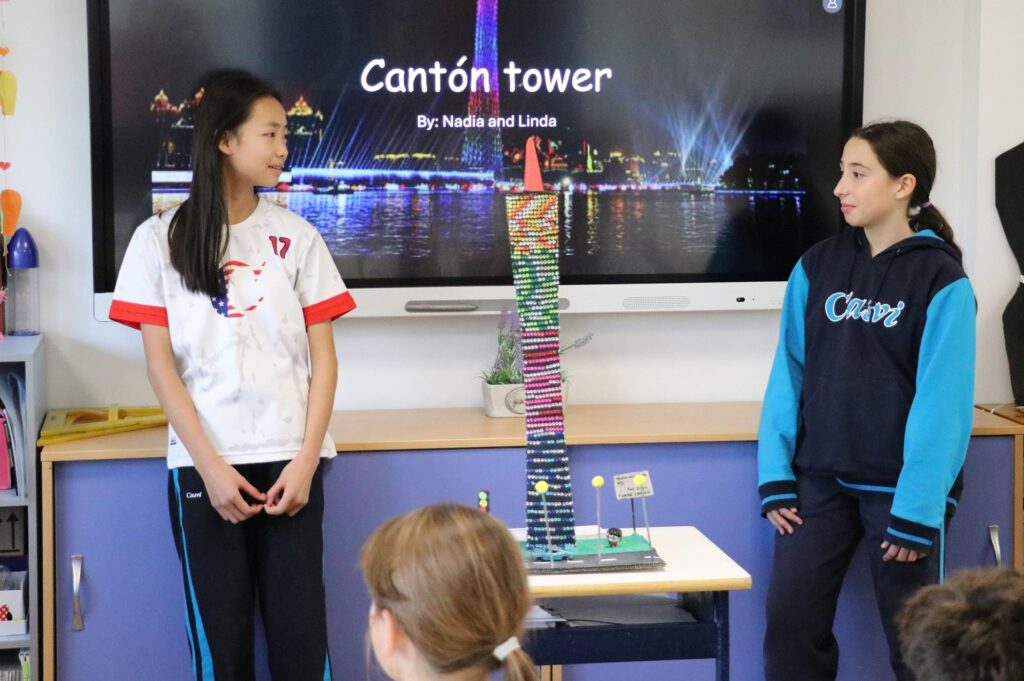
4. Value the Process and not Only the Result
The success of a creative activity is not only measured by the final product, but by the effort and dedication that children put into it. Praising their commitment, their ideas and their perseverance reinforces their self-esteem and motivates them to continue exploring their creativity.
Fostering Creative Activities for Children in Casvi
At Casvi Tres Cantos, we consider creativity essential for the integral development of our students. For this reason, from an early age, the students carry out different creative activities for children according to their age.
At Casvi International American School, education and art are united, along with creativity. Our students have a wealth of opportunities to express themselves in the different subjects through the arts, creativity and imagination.
Learn More About our School and Methodology, Come and Visit Us!
If you would like to learn more about our methodology, please contact our Admissions Department and we will be happy to show you our school in person. At Casvi International American School, we believe in the power of learning through play. We offer an education in which play not only fosters fun, but also develops cognitive, social and emotional skills, preparing our students to face challenges with creativity and critical thinking.
Visit us and discover Casvi International American School!

